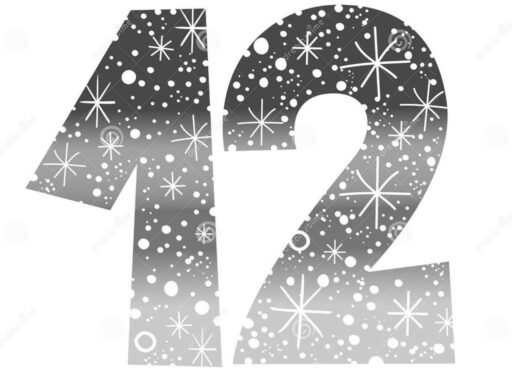Cashiers did not write down every customer’s credit card number by hand between 1950 and the widespread use of credit card readers around 1979. Instead, businesses used credit card imprinters to copy embossed card details onto carbon paper slips, streamlining transactions without handwritten entries.
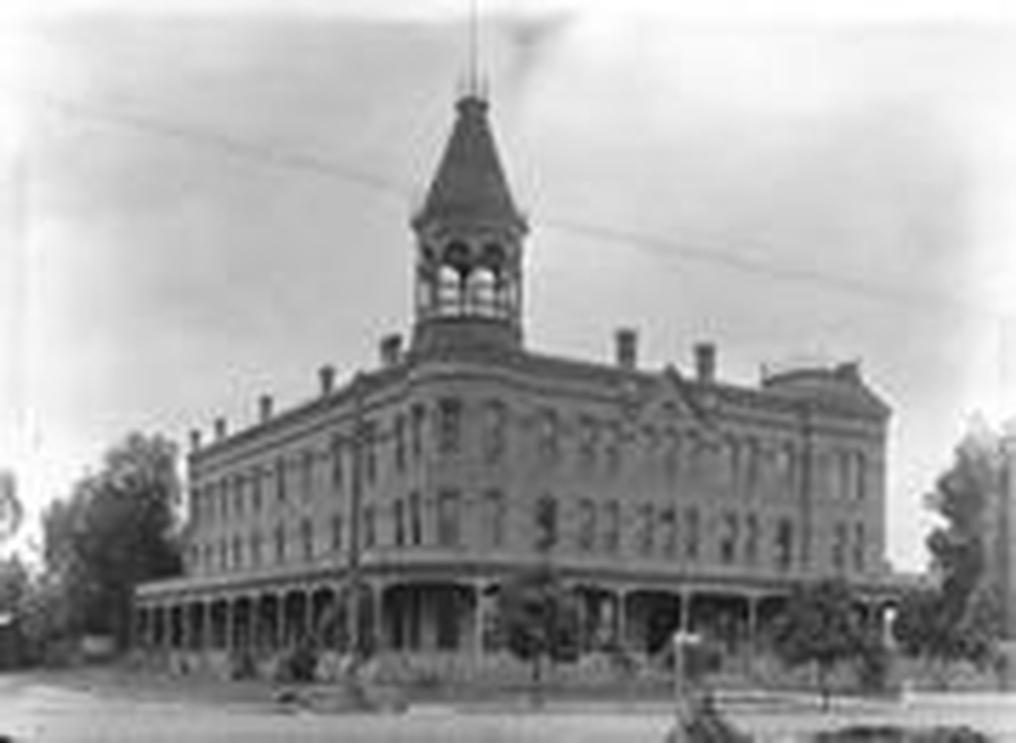
When credit cards first emerged in 1950, the earliest versions were made of cardstock. These cards carried customer information mostly printed with ink and had to be manually copied at the point of sale. This process was time-consuming and prone to errors.
However, the transition to plastic credit cards with embossed numbers and letters in 1959 changed this landscape. The raised embossing made it possible to use mechanical devices called credit card imprinters. These devices, sometimes called “chargers” or in Spain “bacaladeras,” allowed a cashier to place the card into the imprinter, slide a carriage with carbon paper over it, and press down firmly. This action created exact carbon copies of the card’s embossed information without the need to write anything manually.
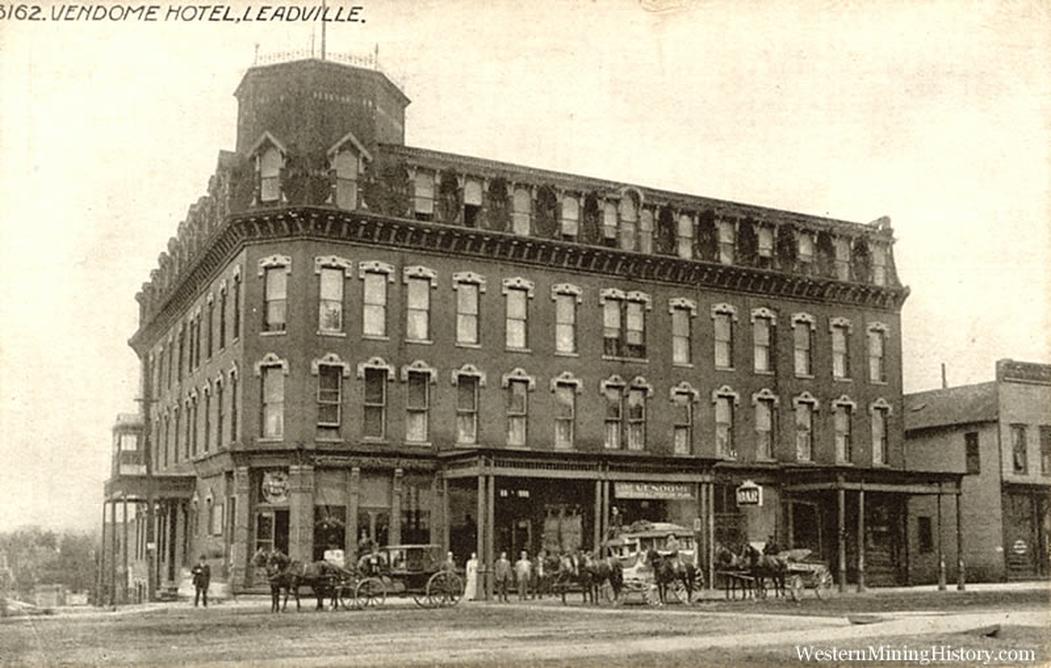
- One copy was given to the customer as their receipt.
- One copy was retained by the merchant for their records.
- Additional copies could be sent to banks to facilitate payment processing.
This use of multi-copy carbon paper made the transaction reliable and efficient. It reduced error and sped up the sales process long before electronic readers and terminals were introduced.
Fraud prevention and transaction authorization were handled manually. Merchants received monthly lists of annulled (invalid) credit cards to prevent fraud. For purchases exceeding a certain amount—often a threshold like 10,000 pesetas or about $20-$50 in US dollars—merchants would call the credit card issuer to confirm the card’s validity and proper credit availability.
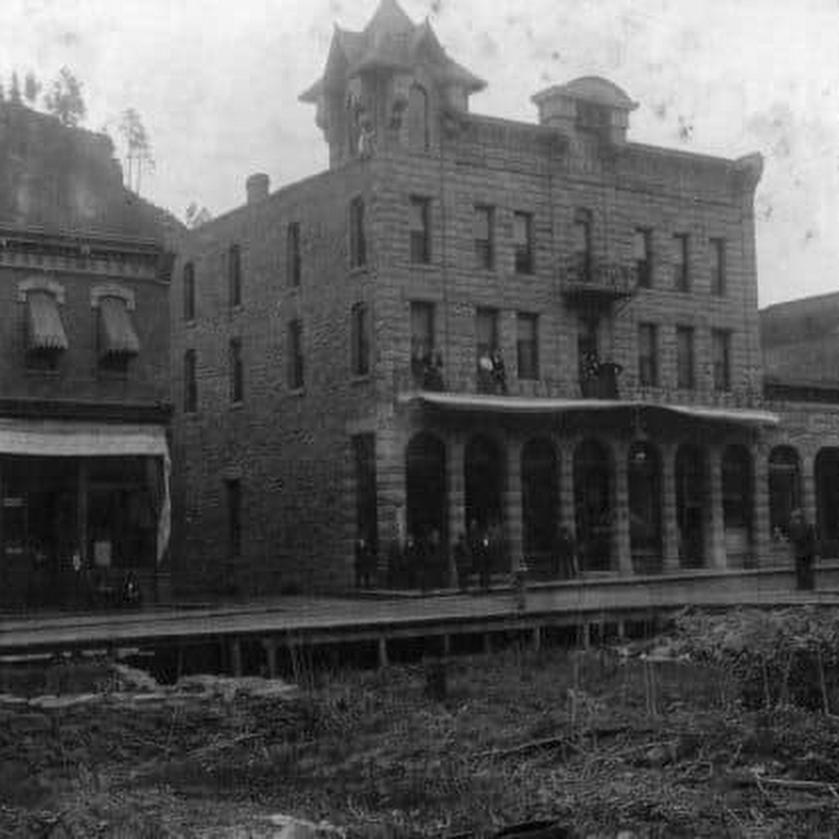
Merchants also verified signatures on the slips against the signature on the card. In many cases, merchants requested a government-issued ID (such as a driver’s license) to confirm the cardholder’s identity. This manual verification, though more involved than today’s instant system, helped keep fraud manageable.
While magnetic stripe technology and early electronic reading devices existed in limited capacities from as early as 1969 (IBM standardized the magnetic stripe format in 1969), widespread adoption of these readers at retail points of sale lagged well into the 1970s. By 1973, estimates indicated that 85% of credit cards had magnetic stripes. Despite this, many establishments lacked electronic terminals, so imprinters remained the primary tool for processing transactions.
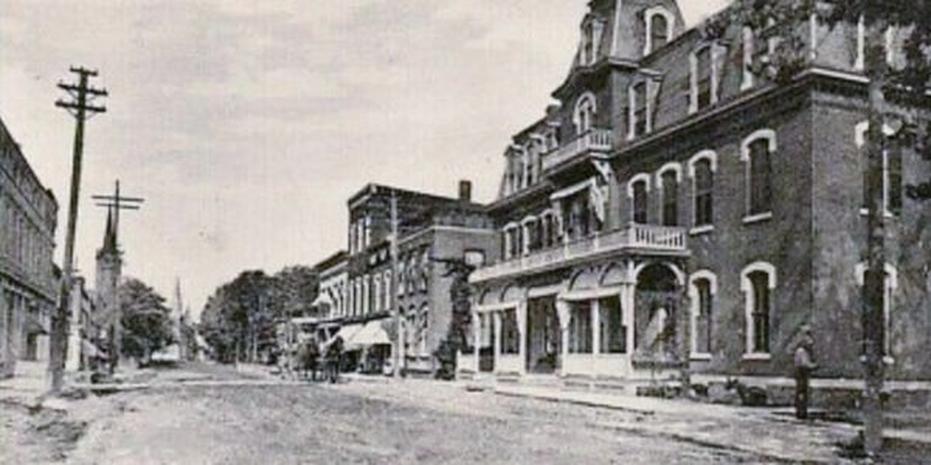
The imprinter method also connected to the emerging financial networks. After the merchant took the imprint and obtained any necessary telephone authorizations, the carbon slip was sent to the acquiring bank—the bank handling the merchant’s transactions. This bank forwarded the slips to credit card networks, which sorted slips by issuing bank. The issuing bank then billed the cardholder, debited their account, and the merchant was paid. This system relied heavily on manual processing but worked well for the era’s technological limits.
The process by which cashiers captured credit card information before the advent of electronic readers can be summarized as follows:
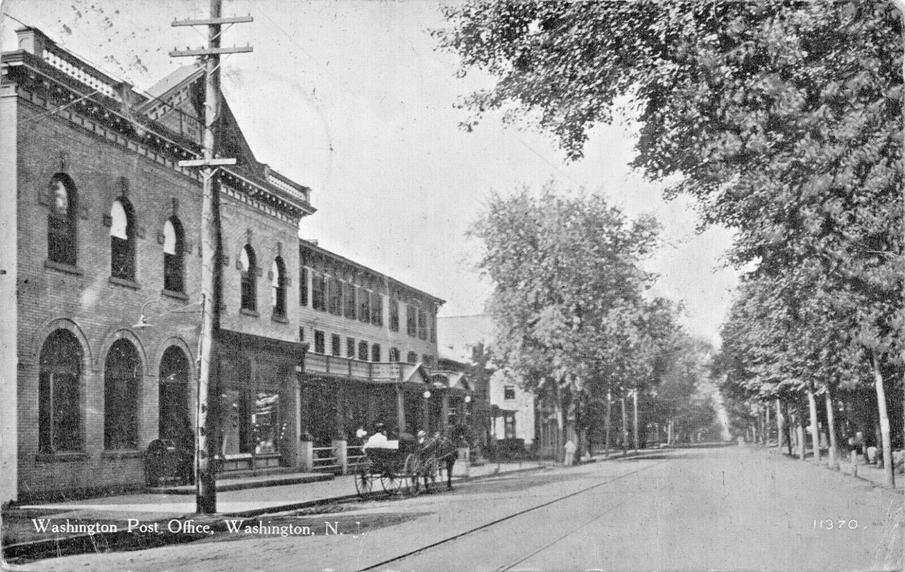
- Customer presents embossed credit card.
- Cashier places card and carbon paper into an imprinter machine.
- Cashier presses the machine to transfer embossed card info to paper slips.
- Cashier verifies signature and customer’s ID.
- If above a defined amount, cashier phones the issuer for authorization.
- Customer and merchant keep copies of the carbon slip.
- Merchant sends slips to bank for settlement.
Small transactions were often approved on good faith to speed checkout. Only larger transactions required manual authorization calls. This limitation restrained rapid credit card adoption in the 1950s and 1960s but was necessary to balance security and convenience with available technology.
Historical precursors like the “charga plate,” used since the 1920s, influenced this system. These plates contained customer’s account info embossed on metal and used imprinters to transfer the data without handwriting.
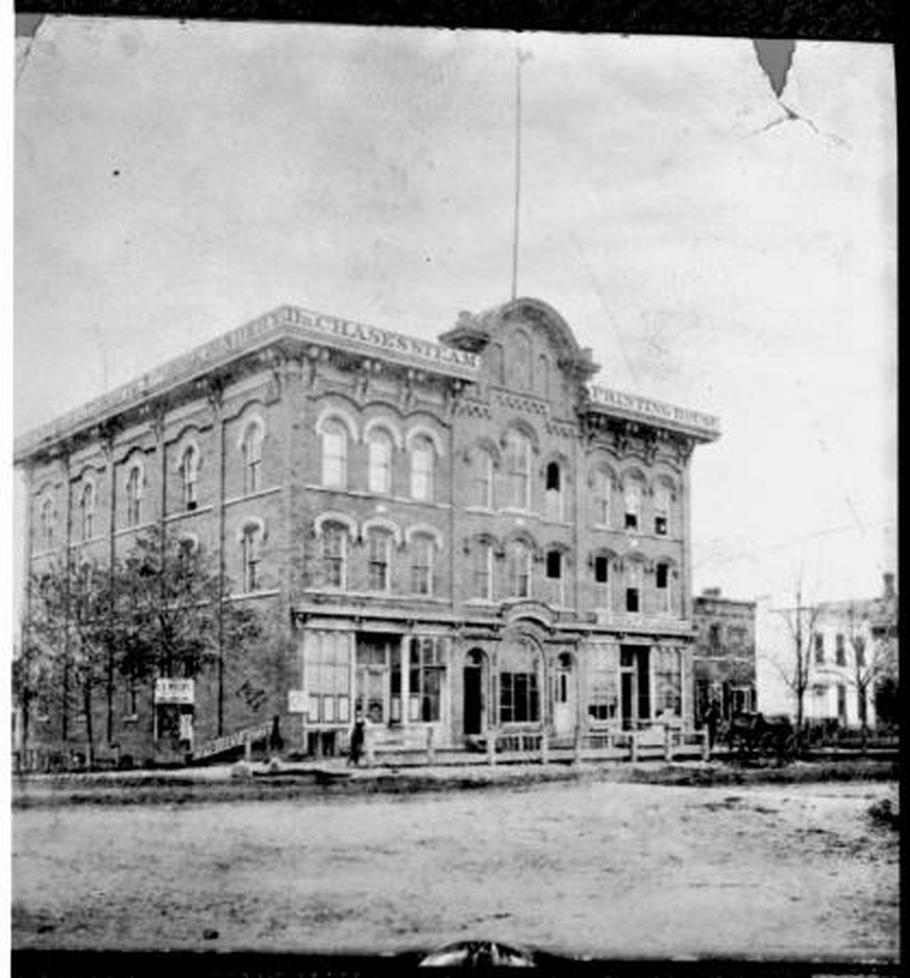
In short, cashiers did not have to write down credit card numbers manually during the period prior to electronic readers. The imprinter and manual verification system bridged the technological gap effectively for nearly three decades.
- Early credit cards required manual writing due to ink printing (1950-1959).
- Plastic embossed cards allowed imprinter use from late 1950s onward.
- Imprinters produced multi-copy slips to avoid handwritten card numbers.
- Manual authorization by phone was standard for larger purchases.
- Magnetic stripe technology existed from late 1960s but readers were uncommon until late 1970s.
- Fraud prevention included annulled-card lists, signature checks, and ID verification.
- The entire system combined manual, mechanical, and early electronic methods until readers became widespread.
Were Cashiers Really Writing Down Credit Card Numbers by Hand from 1950 to 1979?
Short answer: No, cashiers were not laboriously scribbling down each credit card number by hand for nearly 30 years. Instead, retailers used devices called credit card imprinters—affectionately dubbed “bacaladera” in Spain—which made clean, swift copies of the card’s embossed details. This clever workaround bridged the gap between the invention of credit cards in 1950 and the spread of electronic card readers in the late 1970s.
But if you picture every transaction back then as a crunch of handwritten digits by frazzled clerks, the reality is far more fascinating and efficient. Let’s dive into how those “pre-reader” decades actually worked, explore the checks and balances for security, and uncover the fascinating evolution from manual imprinting to electronic processing.
A Piece of History: Credit Cards Invented in 1950, Card Readers Not Until 1979?
Credit cards as we know them debuted around 1950. The idea of a standardized plastic card you could use for purchases was groundbreaking. But the tools to automate the reading of these cards—what we call credit card readers—didn’t become common until about 1979.
This gap of nearly three decades naturally raises the question: how did stores process these transactions without modern readers? Did cashiers resort to handwriting each customer’s card number? The answer might surprise you.
Enter the Credit Card Imprinter: The “Bacaladera” Hero
Instead of handwriting, stores relied heavily on the mechanical marvel called a credit card imprinter. Picture a simple hand-press machine that could capture the raised embossed letters and numbers on credit cards onto carbon-copy paper slips. This was the go-to device from the early days of plastic cards in the late 1950s until magnetic stripe readers gained traction in the 1980s.
In Spain, this device was known as the bacaladera, or “cod cutter,” perhaps because it sliced through the paperwork hassle by “cutting” perfect imprints. These imprinters produced duplicate or even triplicate copies automatically. One copy went to the customer, another to the merchant, and sometimes a third could be kept for records or sent to the bank.
| Time Period | Credit Card Tech | Transaction Method | Security Measures |
|---|---|---|---|
| 1950-1958 | Cardstock cards, info printed | Written down by hand | Limited verification |
| 1959-1979 | Plastic embossed cards | Credit card imprinters (bacaladeras) | ID checks, manual authorization calls |
| 1970s onward | Magnetic stripe cards | Gradual adoption of electronic readers | Electronic verification |
The Magic Behind the Imprinter
How did the imprinter work? The card had raised letters and numbers embossed into its surface. The clerk slid the card into the imprinter, laid carbon paper over it, placed a receipt form on top, and then pressed the mechanism firmly down. This stamped the raised information onto the paper, creating an exact copy—fast, neat, and far less error-prone than writing each digit by hand.
Writing out 16+ digit numbers for every customer transaction would have been inefficient, prone to typos, and a nightmare during busy store hours. The imprinter was a simple, practical solution for its time.
Early Magnetic Stripe Tech Arrived Sooner Than You Think
Contrary to popular belief saying magnetic stripe readers only appeared around 1979, the technology actually dates back to at least 1969. IBM developed magnetic stripe standards, and by 1973, about 85% of all credit cards featured magnetic stripes, though not every retailer had the devices to read them.
This lag in reader deployment partly explains why imprinters remained the popular choice well into the 1970s and even the 1980s in some regions.
Fraud Prevention Without Automation: Old-School Yet Effective
Without instant digital verification, stores needed manual methods to prevent fraud. One common tool was a monthly list of annulled or canceled credit cards provided by credit card companies. The merchant kept this list handy to check before processing any card transaction.
For purchases above a certain amount—around $20–$50, which adjusted over time with inflation—the cashier or manager would call a credit card issuer to verify the customer’s credit and confirm if the card was valid and had enough funds. This phone call was essential and part of the authorization step.
Moreover, merchants often requested identification like a driver’s license and checked the signature on the slip against that on the card. This manual multi-step verification helped to keep fraud at bay despite the lack of instant digital checks.
Predecessors to Credit Cards: Charga Plates
The idea of impressing customer info mechanically is older than plastic credit cards. In the 1920s, some retailers used “charga plates”: embossed metal tags with the customer’s name and address. Using an imprinter similar in concept to the credit card imprinter, they would create paper slips for charges. This was the original “copy-and-paste” method of billing customers before universal plastic cards.
Detailing the Transaction Flow Before Electronic Readers
Imagine a customer at the counter in 1965:
- The cashier slides the embossed credit card into the imprinter and presses down with carbon paper over the receipt slip.
- The information, including cardholder name, number, and expiration date, embosses neatly onto the receipt’s carbon copy.
- The cashier checks the customer’s ID and signature to ensure legitimacy.
- If the purchase is large, the cashier calls the credit card company to get hold of an authorization code.
- The customer signs the receipt, completing the transaction.
- The merchant keeps one copy, the customer takes one, and some copies are later sent to the bank for processing.
Behind the scenes, the merchant’s bank (acquirer) collected these paper slips and sent them to the credit card network. The network sorted the transactions by issuing banks and then debited each customer’s account accordingly. Customers received monthly bills to pay, closing the loop.
Why Didn’t Credit Cards Fully Replace Cash Until Automation?
There were practical hurdles. Verifying transactions manually took time and effort, particularly for big purchases. Small sums often went through without calls or ID checks, relying on “good faith.” But the process wasn’t seamless enough to completely dethrone cash and checks overnight.
Automation—electronic readers, immediate authorizations, and magnetic stripe technology—streamlined this. After readers became affordable and widespread in the late 1970s and 1980s, credit cards saw explosive growth and acceptance.
From Paperwork to Plastic: The Evolution That Transformed Payments
The story from handwritten notes, to metal plates, to imprinters, and finally to electronic readers shows a clear trajectory of innovation driven by the need for speed, accuracy, and security.
To recap:
- Initially, in the early 1950s, some cards were cardstock and required manual writing for transactions—painfully slow and prone to mistakes.
- By 1959, plastic cards with embossed numbers made the adoption of imprinters possible and routine, replacing handwriting with neat imprints.
- Magnetic stripes emerged in the late 60s and early 70s, but readers weren’t widespread immediately, so imprinters remained standard for years.
- Throughout, merchants protected themselves with ID checks, monthly annulled card lists, and authorization phone calls for large purchases.
- It wasn’t until late 1970s and beyond that electronic card readers took over, ushering a faster, more secure payment era.
What Can We Learn From This? How Far We’ve Come!
Next time your card reader beeps approvingly at a store, it’s worth remembering the impressive journey from those noisy clanks of imprinters stamping paper to instant digital approval. The credit card-induced digital age of payments only appears seamless because of many decades of steady, smart innovation and practical workarounds.
So, while cashiers weren’t furiously handwriting numbers for 29 years, they were indeed pressing down hard on practical inventions to keep commerce moving. The humble credit card imprinter was the unsung hero—fast, reliable, and an elegant answer before the era of magnetic stripes and electronic readers truly took off.


